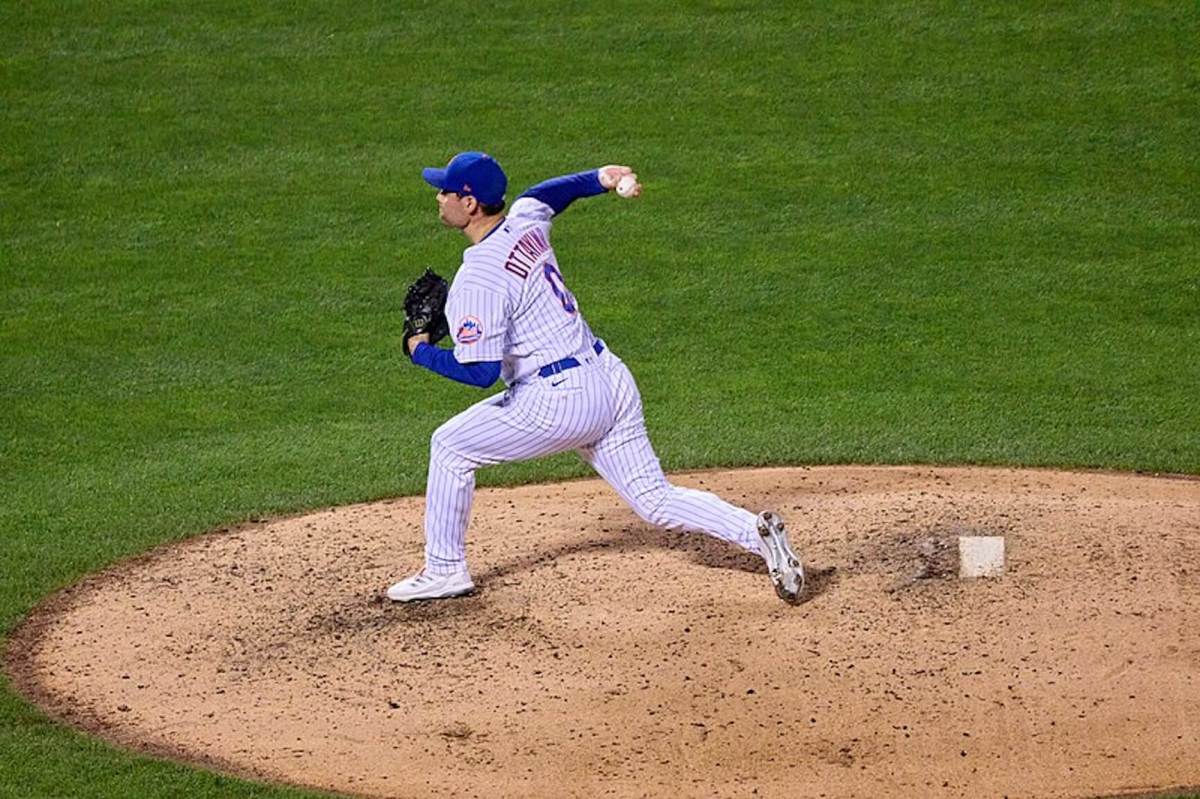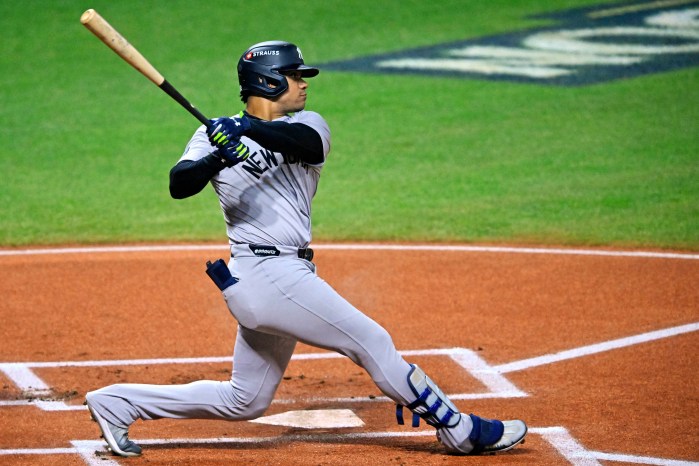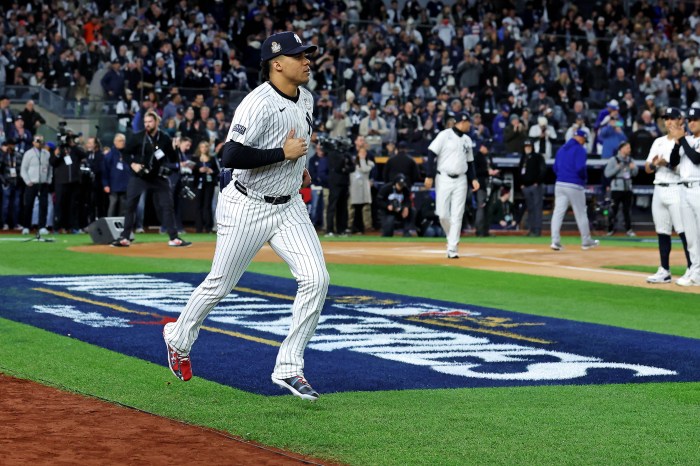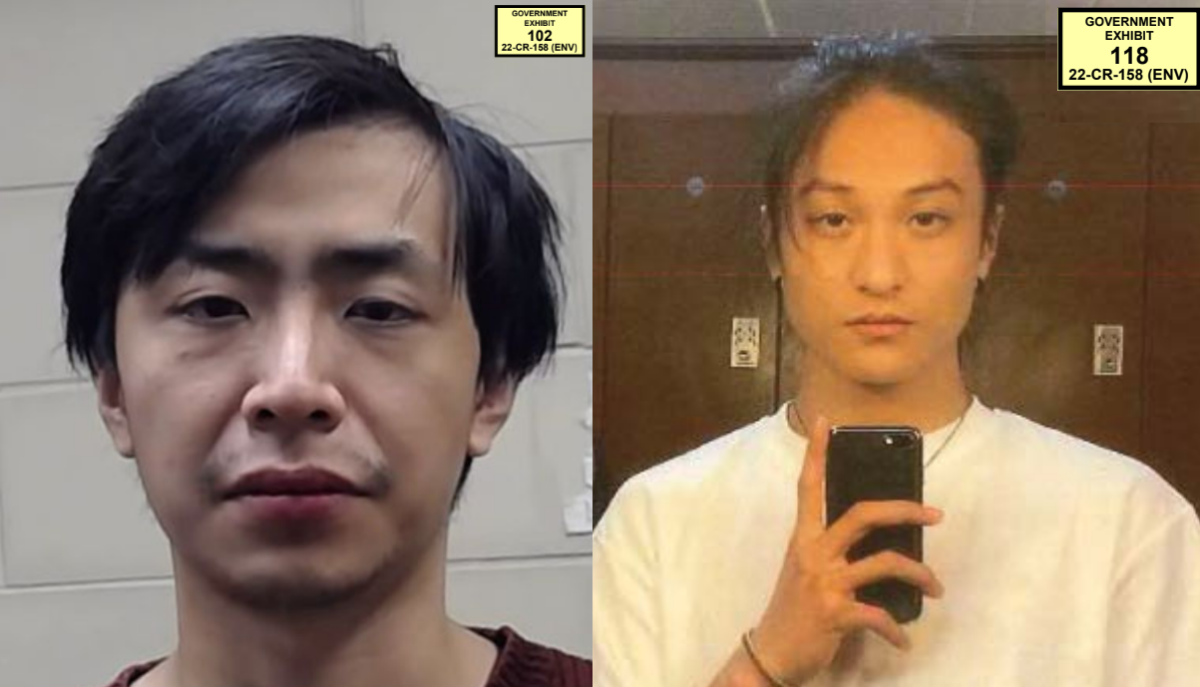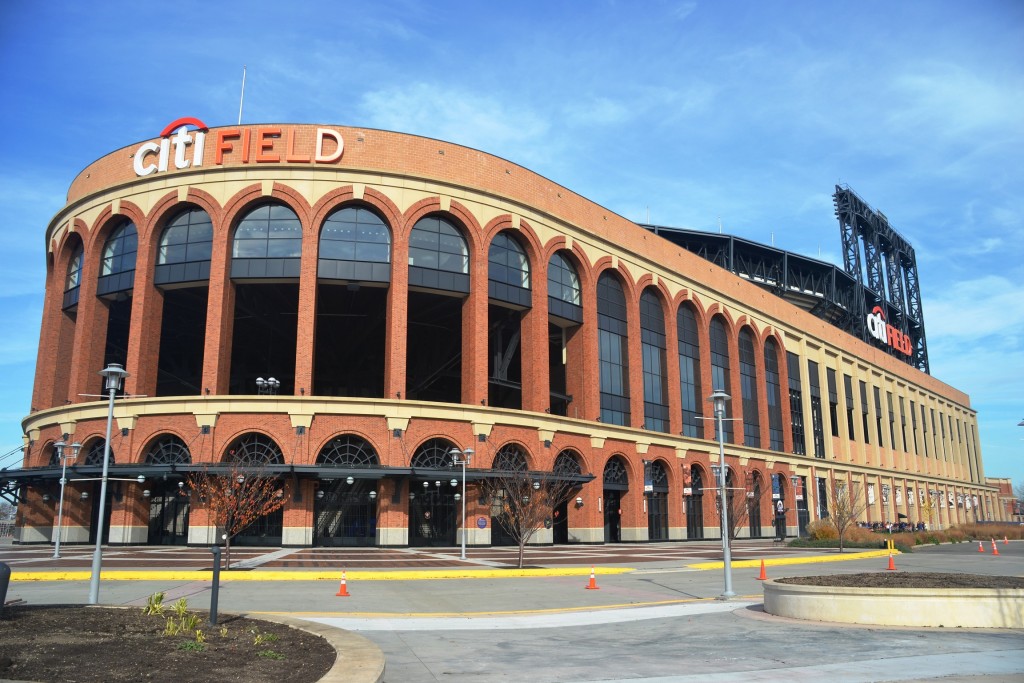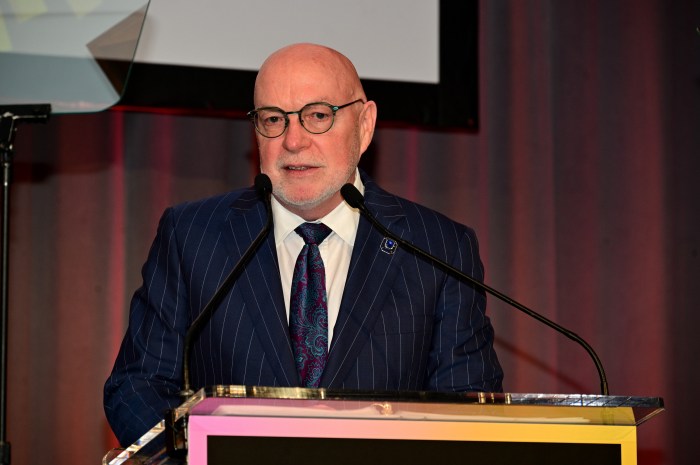Last year, the New York Mets had the luxury of knowing they had an ace up their sleeve at the end of games. When the going got tough and a game was hanging in the balance, they could always turn to All-Star Edwin Diaz to help get them out of a jam or slam the door on a win.
But when Diaz tore his patellar tendon while celebrating Puerto Rico’s win over the Dominican Republic in the World Baseball Classic, the Mets lost their safety net and needed to change gears.
“The day he got hurt, I don’t think anybody slept that night. I was one of them, ” said Mets reliever David Robertson, who has become the de facto closer in Diaz’s absence. “You know, typically Edwin would probably be getting the middle of the lineup, and now it looks like it’s gonna be me getting pushed into that role sometimes.”
However, while Mets manager Buck Showalter rarely used Diaz before the 8th inning last year, he called on Robertson with two outs in the 7th inning on Wednesday, using the veteran to get Juan Soto to fly out with two runners on base.
Considering Robertson had been used in the 9th inning just four days before to lock down a traditional save opportunity in a 5-2 win over the Marlins, the last week has been a perfect encapsulation of how the Mets will operate without their star looming in the bullpen.
“I feel like the game has changed a lot,” explained Robertson, “and a lot of times managers are using guys in different situations all depending on leverage or matchups or who they want to see you face.”
Which is exactly why Robertson was used in the 7th inning on Wednesday.
With left-handed reliever Brooks Raley having been used in the 6th inning to face Juan Soto, Showalter turned to Robertson not only because he trusts him to get big outs but because Robertson has always been tough on lefties, holding them to a .188 average over his career.
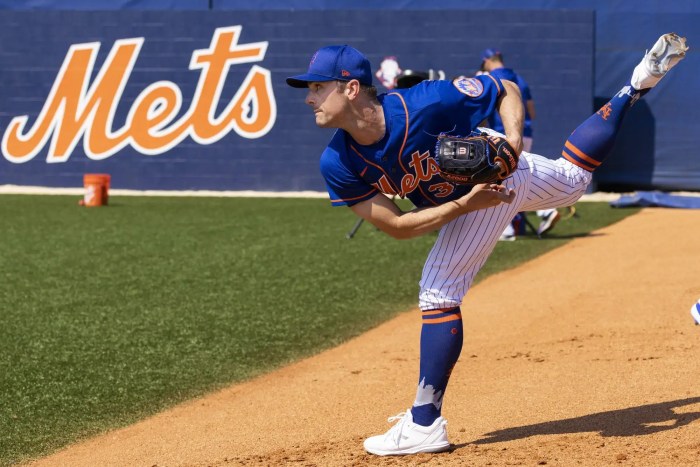
The result of using Robertson in the 7th meant that, after also pitching in the 8th inning, he had thrown too many pitches to be counted on in the 9th. That left the save opportunity for Adam Ottavino, who has been used in the 7th, 8th, and 9th innings this year but had not received a save opportunity until Wednesday.
“There are different nuances about the 8th and the 9th, or the 7th and the 8th and the 9th,” admitted Ottavino, “but it doesn’t really matter. If anything, you know, in the 9th inning you have a little more information; you know how many runs you can give up.”
The flexibility of the Mets bullpen may not have been the plan with a fully healthy roster, but it does reflect the current trend in Major League Baseball of no longer saving your best reliever for the final outs of the game. Managers are bringing their most dynamic relievers in to get big outs late in the game, even if that means the 7th inning, which leaves save opportunities to be shared among the bullpen.
In 2022, 222 different pitchers recorded a save. In 2021, 198 pitchers had a save. Before the COVID-shortened season in 2020, there were 199 different pitchers with a save in 2019, just 165 pitchers with a save in 2018, and 162 in 2017, so the changing dynamics in MLB bullpens have become clear.
We had a meeting right before the season started about just that,” said Showalter after Wednesday’s 5-2 victory over the Padres. “It starts with [Adam Ottavino] and John Curtiss and [Drew Smith] and [Brooks] Raley. There’s a trust that we’re gonna try to put them in a situation that best suits their skills.”
For Showalter, that still means “having a defined role,” just one that isn’t tied to a particular inning.
That has often meant Robertson being used against the heart of the order in the final three innings, Ottavino facing tough right-handed sections of a lineup late in games, Raley being used earlier in the game against key left-handed hitters, and both Curtiss and Smith being used in lower-leverage situations in the 6th or 7th innings.
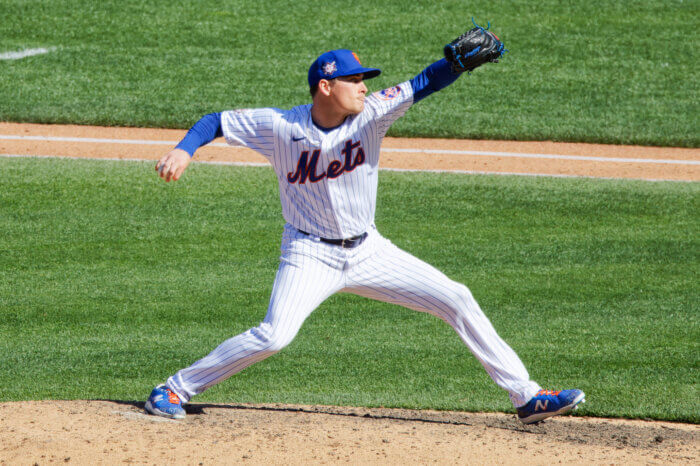
So far, the plan has worked. The Mets exited Wednesday’s game with the 12th-best bullpen ERA in baseball (3.72), which is a commendable feat given the loss of Diaz. Much of that has to do with the lack of ego of the veterans tasked with collectively filling his shoes.
“It doesn’t matter to me, said Roberston. “Even last year, I was throwing 7th or 8th innings, 9th inning, extra innings. It’s all the same to me…That’s just kind of how my role is now, just to pitch whenever.”
“You care more if you’re at arbitration and want to make more money,” Ottavino joked, “But at our stage in our career, I don’t think we really care.”
Of the five relievers mentioned above who have been most often used at the end of games, Drew Smith is the youngest. He’ll turn 30 in September. Curtiss is also 30, Robertson is 38, and Ottavino will turn 38 in November. These are veterans who have paid their dues and have proven they can succeed, but they’re also guys who have had to do that on multiple teams.
Robertson has played for six teams in his 15-year career. Ottavino has pitched for five over 13 years, Raley has pitched for five teams in six years, and Curtiss has pitched for four teams in six years. They know that the most important part of their job is to “try to get out whoever’s in front of you” said Ottavino.
“When you’re good at getting people out, you get to do it the next year,” said Showalter.
At the end of the day, the Mets relievers know that you can’t control injuries or the roles that are presented to you. All you can control is how you respond to opportunities when they arise.
“I was playing with [former Yankees’ closer] Mariano [Rivera] when he got hurt,” remembered Robertson. “Things happen. You lose those superstars and you just have to pick up the pieces and try to win ballgames.”
“It’s about trying to win a game and what’s best for the New York Mets,” said Showalter.
That’s an attitude that the whole bullpen has embraced, and it may just help them win enough games to remain a legitimate contender.
For more Mets coverage, visit amNY Sports

SPORTSBOOK
21+ and present in
participating states.
Gambling problem?
Call 1-800-Gambler
NFL+ PremiumCLAIM OFFER
Read more: Yankees Adjust Plans After Wells’ Injury



